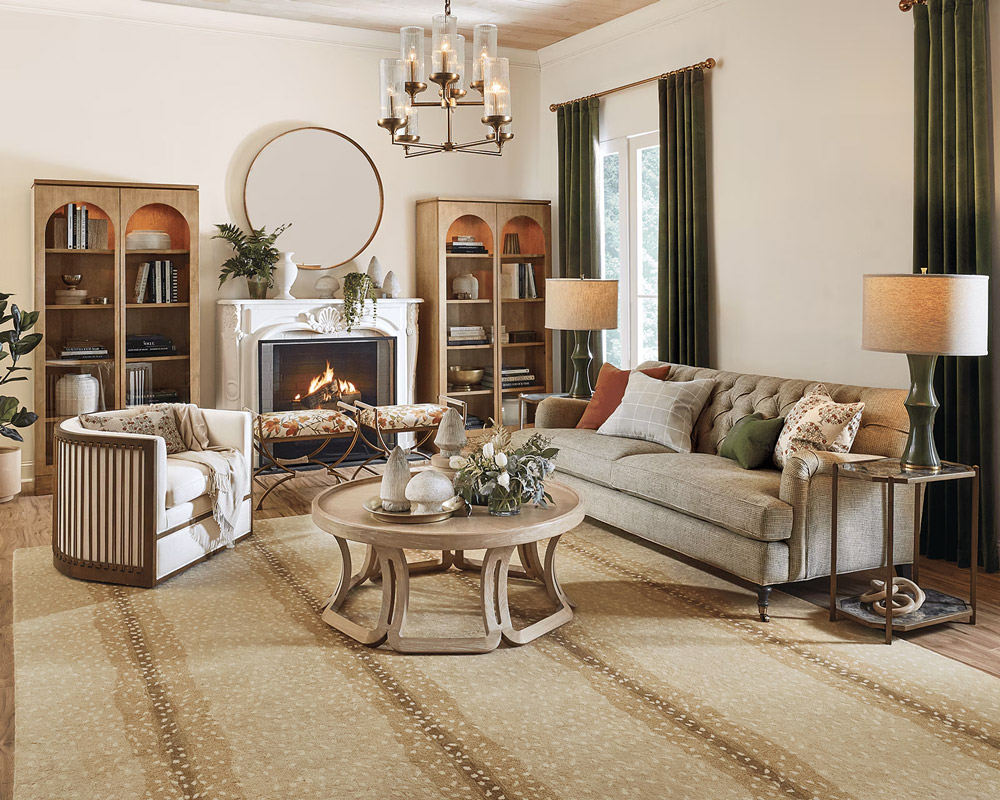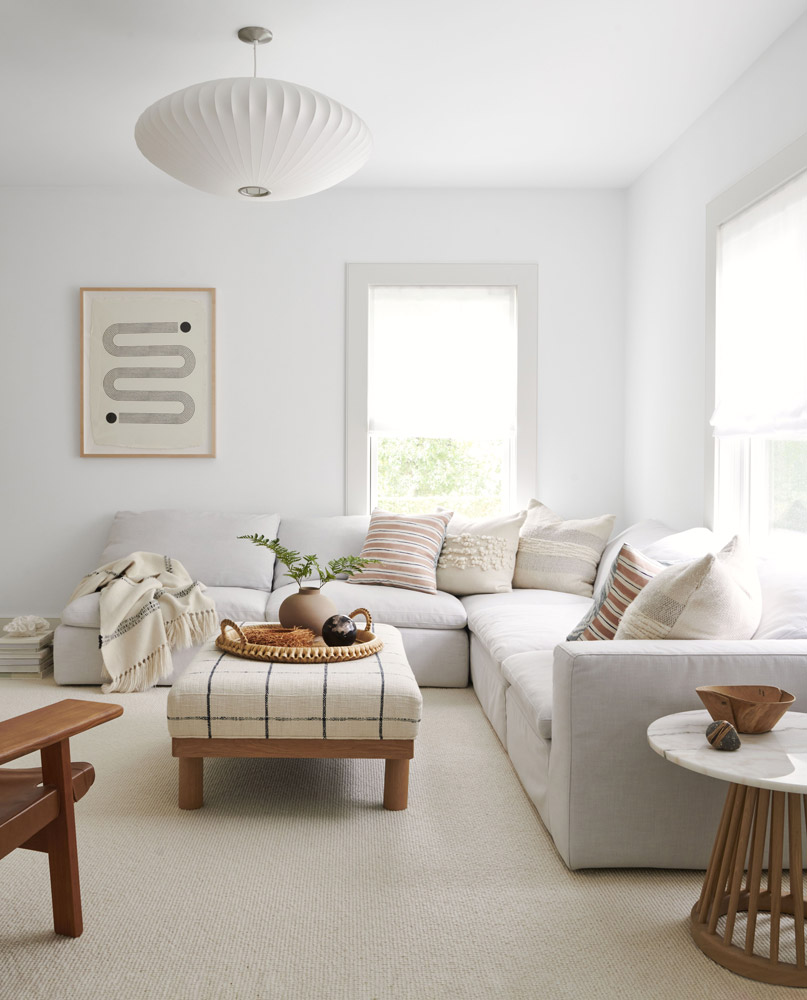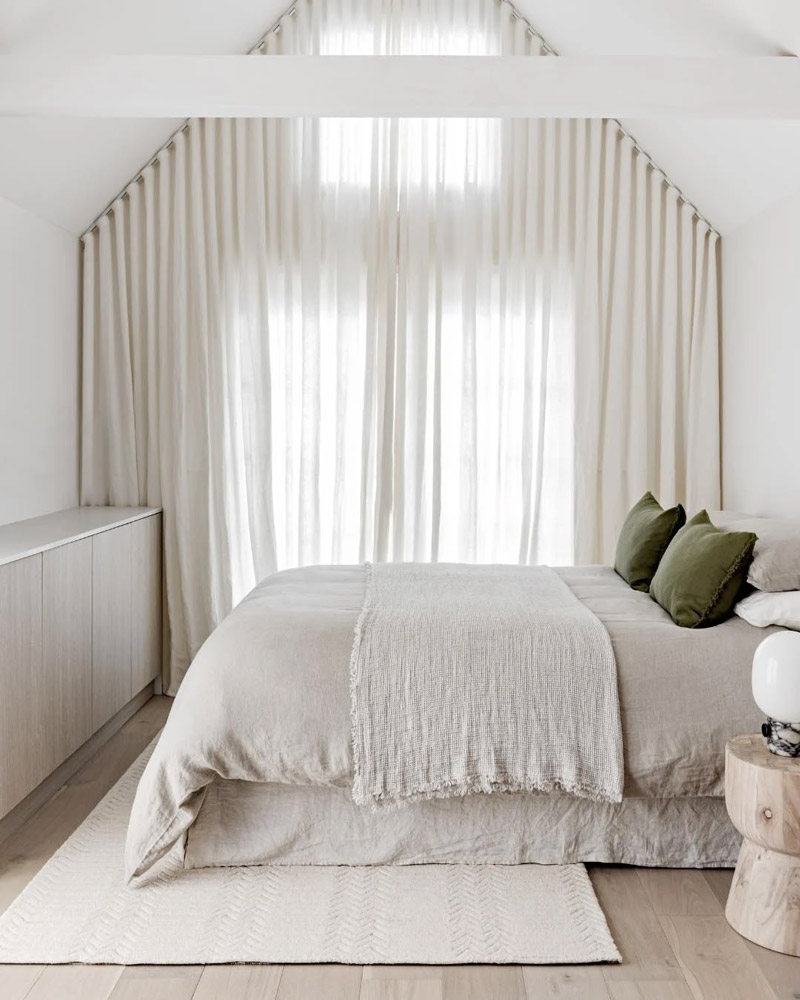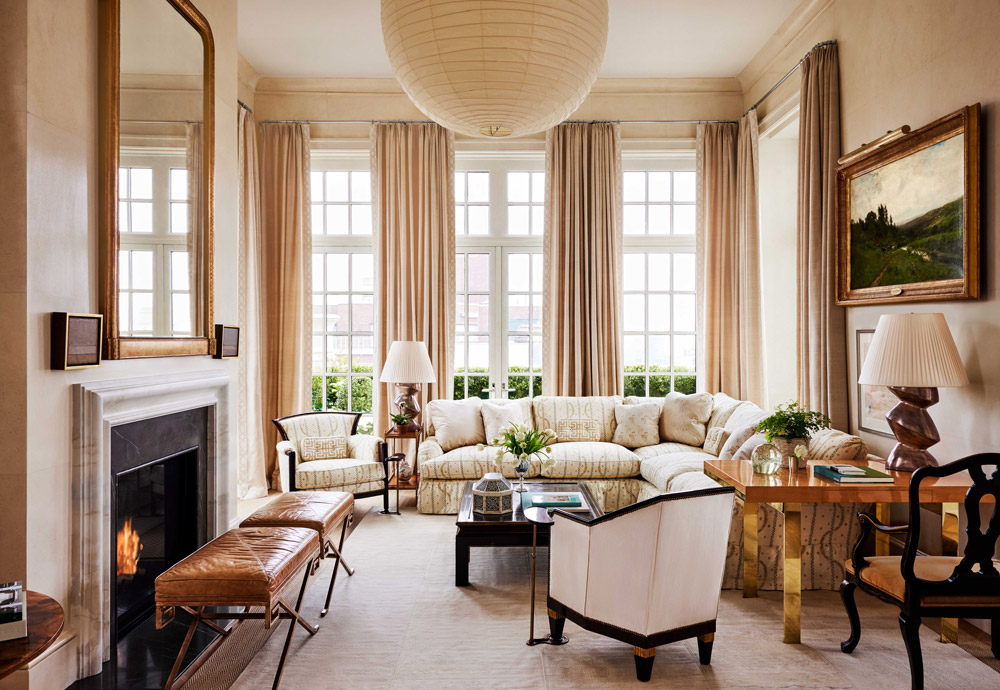Neutral rooms are a favorite in interior design for a reason. Their timeless elegance, versatility, and calming nature make them a safe and stylish choice for many homeowners. However, the biggest challenge with neutral interiors is avoiding the dreaded “bland” look. A room full of beige or grey tones, with little variation in texture or contrast, can quickly feel lifeless and uninspiring.
The good news? With a few simple design strategies, you can turn any neutral room into a visually dynamic, cozy, and personality-filled space—without compromising the subtle sophistication that neutrals offer. Here’s how to make your neutral room feel anything but boring.
Contents
- The Beauty and Risk of Neutrals
- 1. Layer in Texture for Depth
- 2. Create Contrast With Decor and Furnishings
- 3. Add Strategic Pops of Color
- 4. Light It Right
- 5. Hang Art With Impact
- 6. Use Unique and Statement Furniture
- 7. Add Greenery and Organic Shapes
- 8. Showcase Personal Touches
- 9. Use Pattern Subtly
- 10. Avoid Common Mistakes
- Final Thoughts
The Beauty and Risk of Neutrals
Neutral color palettes—ranging from whites, greys, and taupes to soft earthy tones—are loved for their calming effect and ability to blend with any style. They’re ideal for small spaces, open floor plans, and resale value. But they also come with a common pitfall: when everything matches too closely or lacks dimension, the space can end up feeling sterile.
That’s where design principles like contrast, texture, and lighting come into play.

1. Layer in Texture for Depth
One of the easiest ways to add interest to a neutral room is through texture. Without vibrant colors to grab the eye, your room needs tactile and visual variety to keep it engaging.
Think beyond just throw pillows. Introduce a mix of soft and hard materials—like a wool rug, a linen sofa, a leather ottoman, and a metal side table. Play with finishes too: matte ceramics, glossy vases, and woven baskets can coexist beautifully in a single space.
Layering textures not only creates visual richness but also invites touch, making the room feel more inviting and lived-in.
2. Create Contrast With Decor and Furnishings
Neutral doesn’t mean monochromatic. To prevent your space from feeling flat, include contrasting tones within your neutral palette. For example, pair warm beige walls with deep charcoal accents or combine soft greys with crisp white trim.
Dark wood furniture, black metal light fixtures, or bold patterned textiles can create eye-catching contrast while still fitting into a neutral scheme. Even subtle contrasts—like a cream throw over a taupe sofa—help define the space and make elements pop.
3. Add Strategic Pops of Color
Just because the room is neutral doesn’t mean it has to be entirely devoid of color. The key is to use color strategically, often in small doses, to energize the space without overwhelming it.
Consider incorporating color through:
- Accent pillows and throws
- Art and wall hangings
- Books or vases on open shelves
- A single colored chair or ottoman
The beauty of neutral rooms is that you can easily swap accent colors by season or mood. Think soft blush or sage green in spring, rust or navy in fall.

4. Light It Right
Lighting is crucial in neutral spaces. Without vibrant colors to reflect or absorb light, your lighting choices will shape the room’s mood dramatically.
Use layered lighting to create warmth and dimension. Combine overhead lighting (like chandeliers or recessed lights) with table lamps, wall sconces, and even candles. Add a dimmer switch where possible to adjust the brightness for different times of day.
Warm-toned light bulbs often work better in neutral spaces than cool ones, making the environment feel cozy instead of clinical.
5. Hang Art With Impact
Artwork can be a game-changer in neutral rooms. Oversized abstract paintings, black-and-white photography, or textured wall hangings add personality and act as a focal point.
For a bold yet cohesive look, choose artwork that contains subtle colors from your room’s palette. Or go the opposite route and use art as your main color injection.
Gallery walls, large canvas pieces, or even sculptural wall art introduce structure and energy to bare neutral walls.
6. Use Unique and Statement Furniture
Statement furniture helps neutral rooms feel curated rather than cookie-cutter. This could be a sculptural coffee table, an antique dresser, or a uniquely shaped sofa.
Rather than filling your space with matching sets, aim to mix and match. Choose furniture that introduces a variety of materials—like a velvet armchair paired with a raw wood sideboard.
Even neutral-colored furniture can stand out if it has interesting lines, curves, or craftsmanship.
7. Add Greenery and Organic Shapes
Plants are a go-to solution for adding life to any space. Their rich green tones contrast beautifully with neutral backdrops, and their organic shapes soften the clean lines often found in minimalist or modern interiors.
From a large fiddle-leaf fig in the corner to a row of succulents on a windowsill, greenery adds both texture and a natural focal point.
You can also incorporate organic elements like driftwood, pampas grass, stone sculptures, or terracotta pots to enhance the natural vibe.

8. Showcase Personal Touches
A room full of neutral furniture and decor can still feel impersonal unless you add elements that reflect your identity. Personalization is what transforms a house into a home.
Consider displaying:
- Books you’ve actually read and love
- Travel souvenirs
- Family heirlooms
- DIY or custom art
- Vintage finds with a story
These touches add soul and character, making the room feel truly yours.
9. Use Pattern Subtly
If bold patterns feel too aggressive for your style, go for subtle patterns within a neutral color range. This could be a tone-on-tone patterned wallpaper, herringbone tile, or a geometric rug in ivory and taupe.
Patterns, even when understated, bring rhythm and movement to a space. They also help break up the monotony of solid blocks of color, which are common in neutral rooms.
10. Avoid Common Mistakes
Some of the most frequent missteps in neutral room design include:
- Using only one shade throughout the room
- Forgetting to layer in textures or finishes
- Relying solely on overhead lighting
- Buying matching furniture sets
- Leaving walls bare and unadorned
By being mindful of these pitfalls and applying the tips above, your neutral room can go from lifeless to luxurious.
Final Thoughts
A neutral room doesn’t have to mean boring. With the right mix of texture, contrast, lighting, art, and personal touches, you can create a space that feels sophisticated, warm, and full of character.
Instead of seeing neutrals as limitations, view them as a flexible foundation. They offer a canvas for creativity, where subtle shifts in materials, color accents, and decor choices can make a big impact.
If your space currently feels flat, start small—add a textured throw, bring in a new light fixture, or hang a bold piece of art. Little changes can go a long way in transforming your room into one that’s interesting, inspiring, and uniquely you.

